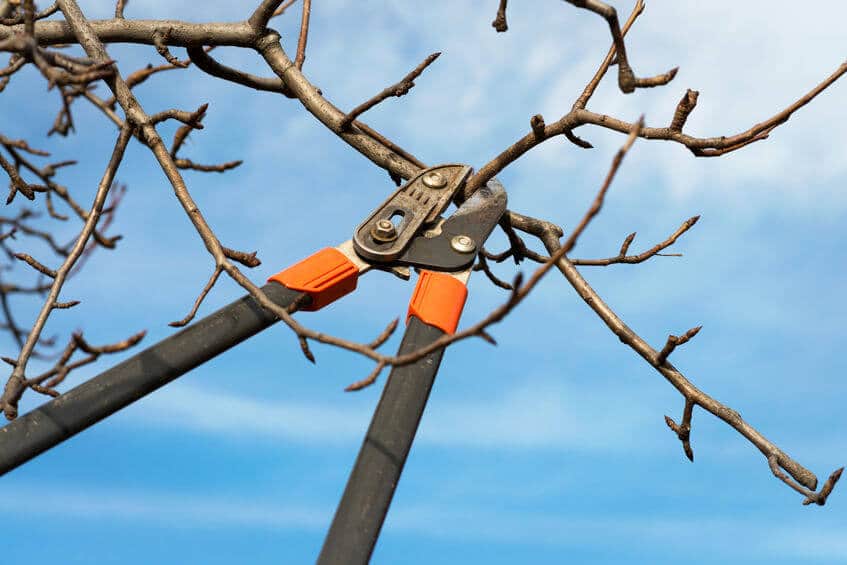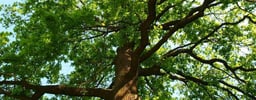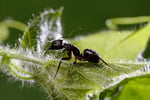Don’t allow stinging insects to ruin your next family get together. Instead contact our pest control experts at (877) 944-4007 or request an estimate online for FREE.

Bermuda Grass
Residential Lawn, Tree, & Pest Control
Some descriptive text here?
Pest Control Program
starting at $93/treatmentFull Service Year Round
*Prices vary by location and property sizes
Lawn Care Program
starting at $52/treatmentComprehensive Treatment
*Prices vary by location and property sizes
Pest Control Program
Starting at $93/treatmentYear Round Protection
Per Treatment for Spraying**
Prices vary by location and property sizes
DENVER LAWN CARE
Senske offers Revive®, a uniquely organic lawn fertilization treatment in Denver, CO. This specialty fertilizer and soil treatment is specially formulated for East Denver lawns.
DENVER PEST CONTROL
Our certified pest control technicians expertly identify pest problems unique to Denver and safely rid your home and property of them. We'll even keep them from returning.
DENVER TREE SERVICE
Our ISA certified arborists know the specific needs of trees and shrubs in Denver, CO. Let Senske protect your property investment and care for your trees.

DENVER LAWN CARE
Senske offers Revive®, a uniquely organic lawn fertilization treatment in Denver, CO. This specialty fertilizer and soil treatment is specially formulated for East Denver lawns.
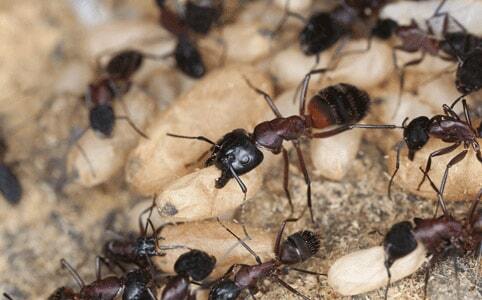
DENVER PEST CONTROL
Our certified pest control technicians expertly identify pest problems unique to Denver and safely rid your home and property of them. We'll even keep them from returning.
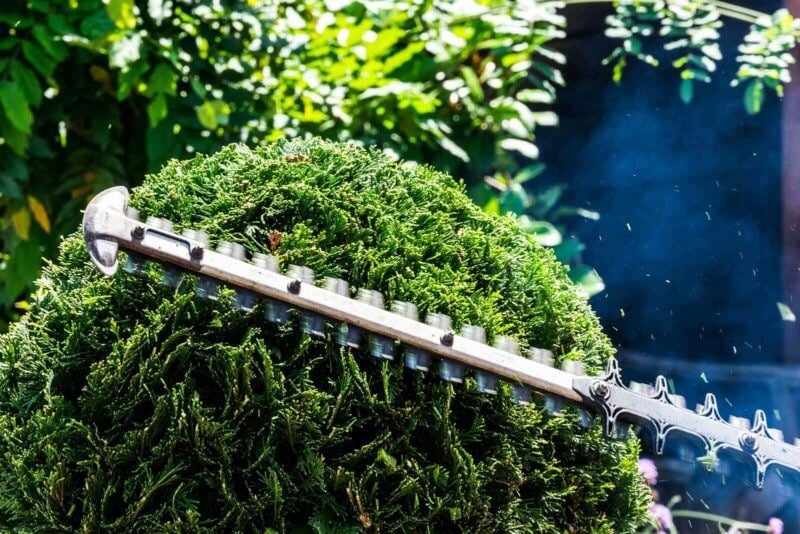
DENVER TREE SERVICE
Our ISA certified arborists know the specific needs of trees and shrubs in Denver, CO. Let Senske protect your property investment and care for your trees.
Stinging Insect Control
Stinging insects, such as wasps and yellow jackets, have been known to frighten almost anybody that encounters them. Stinging insects are quick to ruin any outdoor activity, especially when there are people around who are allergic to their stings.
Although our initial reaction when confronted with these pests is to do whatever it takes to get rid of them, some stinging insects are actually more beneficial than dangerous. Bees, for instance, help to pollinate plants while wasps will feed on other insects that can be dangerous to lawns. Also, although they are have reputation for stinging people, most social stinging insects such as bees and yellow jackets actually only sting in defense.
In our service areas, Senske deals primarily with:
- Yellow Jacket Control: These are often confused with paper wasps. Yellow Jackets are very similar to paper wasps, however they make aerial or underground nests. Yellow Jackets are slightly larger than the common honeybee. They have black and yellow markings along their thorax and abdomen.
- Wasp Control: Paper wasps are different from bees in both appearance and habits. Paper wasps are not fuzzy, and unlike bees, do not make honey. They are much more brightly colored and slimmer than bees. Paper wasps will sting multiple times if threatened, while a bee will only sting once. Paper wasps do not produce honey, but instead scavenge or hunt for food. They build their umbrella-shaped nests in the ground or above.
- Hornet Control: Hornets share a similar appearance to paper wasps, but they are reddish brown, or black and white. Hornets are what many people refer to as large paper wasps. Typically, a hornet is actually a bald-faced hornet. Hornets are a subset of paper wasps that are usually rounder, thicker, and more aggressive than the common paper wasp. Hornet nests are usually made in an area that is protected and out of reach. These nests are round, made of paper, and contain hundreds of hornets.
- Bee Control: Bees are small and fuzzy. They have two pairs of wings and are much rounder than paper wasps. They can be found looking for nectar to make honey in their hives. Bees are typically more mellow than paper wasps and keep to themselves, but will sting if they are threatened. Because bees are important to the natural environment, bees are often carefully relocated rather than exterminated.
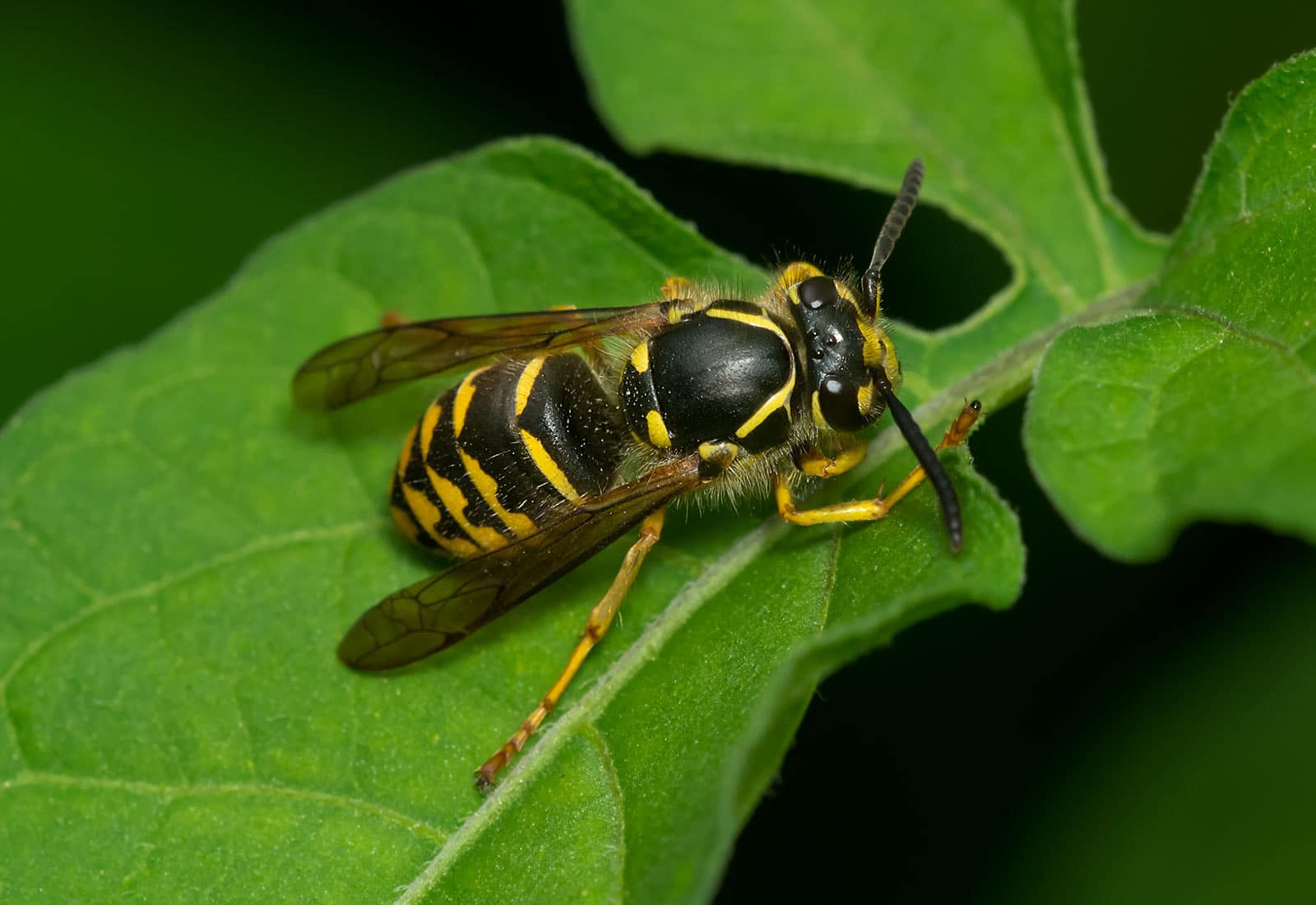
Stinging insects are most active commonly in the late summer and early fall, when colonies have had the summer to grow. Also, stinging insects are known to be the most active during the day and retreating to their nests during the evening. Pest control technicians prefer to trap yellow jackets and other stinging insects in the spring because only the queen will survive the winter. Catching a queen when the weather starts to warm up is the best way to protect against stinging insect problems later.
Stinging insects normally interact with humans while they are scavenging for food. It’s important when encountering a stinging insect to not flail your arms at the stinging insect because it can startle them into stinging. Also, some stinging insects, including hornets, will release a pheromone that calls other hornets in the area in to attack.
Wasp and bee removal can be tricky. Bees are essential to our ecosystem, but when a bee’s nest is found near your house or business, it can disrupt your family and your customers. Bees and wasps are especially worrisome if you have children or pets. Children and animals are more apt to discover a nest accidentally while playing. Because they weigh less than adults, they are greatly affected by bee and wasp stings. If you find a wasp or bee nest inside or near your home or business, contact a pest control company immediately.
How to Get Rid of Stinging Insects
Weeds, Lawn & Tree Diseases, and Pests to Look Out For
Weeds Common for Denver
Senske lawn care and tree service treatments in Denver East enables a greener lawns, healthy trees and shrubs without the hassles and time commitment needed to maintain it yourself. We’ll also help remove weeds, treat lawn and tree diseases and problem areas. Senske Services has been providing residential and commercial lawn care services to communities in the Northwest since 1947.
Our Denver East and surrounding communities lawn care services reflect our commitment to quality in all aspects of lawn maintenance. Learn more about Denver East weed and lawn diseases we solve:










Find Out About Other Weeds, Lawn & Tree Diseases, and Pests to Look Out For























How can we help you?
No annual contracts & 100% guaranteed results.
Get a Free Estimate Today
Make your yard the greenest on the block and enjoy a home free from pests, all delivered by courteous, & professional techs.Great service!
Jason did a nice job on our Christmas lights. The crew arrived on schedule and accommodated my special requests. They even wired up a few of my yard decorations without my asking them. Thank you!
Very Professional!
“Max calls ahead, comes early in the day, and answers all my questions. He’s very professional!"Extremely Pleased!
“I have been extremely pleased with this service, my lawn has literally gone from drab to fab. Steve serviced the lawn today and as always, let's me know he is here (per my request) tells me follow up steps and then is on his way to do the service."Thankful for Senske!
“I am thankful my neighbor recommended Senske services, as a single mom, I do not have time, or energy to fix my lawn, so I hired the pros. Definitely worth it and very reasonable costs. Much appreciated."The Dirt
Find out more on our blog.


